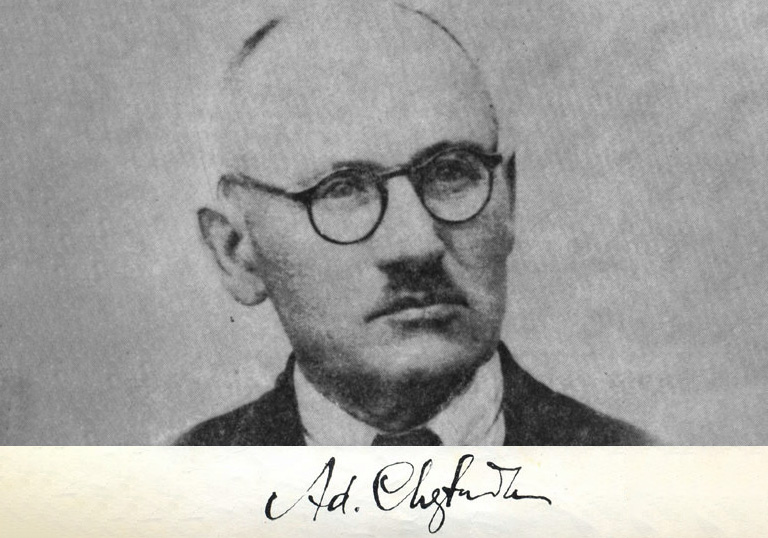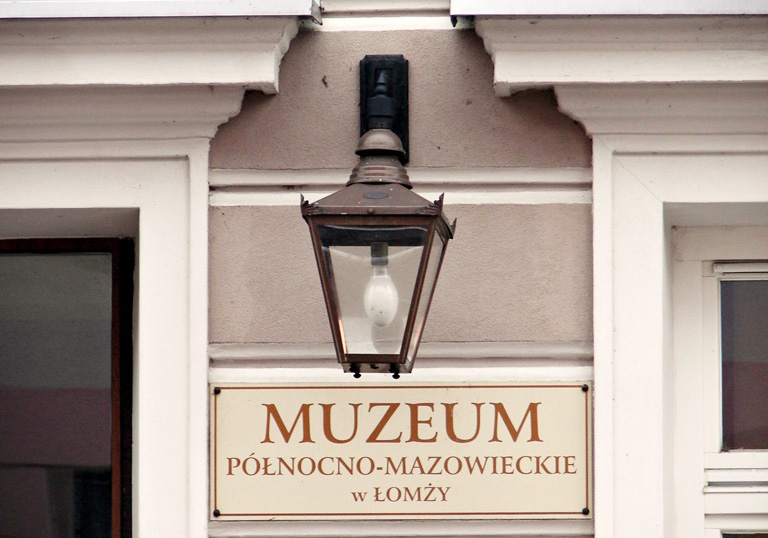Founder
Adam Chętnik


The North-Masovian Museum
The North-Masovian Museum is one of the oldest cultural institutions in Łomża. It is also the largest cultural institution run by the City of Łomża, due to the size of its headquarters, the Gallery of Contemporary Art department, and the number of employees.
Since 2011, it has been entered into the National Register of Museums, maintained by the Minister of Culture and National Heritage.


Since its inception (in 1948), the Museum has strived to be close to the region's inhabitants. It showcases the culture and art of Kurpie (with permanent exhibitions dedicated to this theme, namely “Amber from the Narew River Basin” and “The Kurpie Figures”).
Equally important are the urban roots of the Museum's creators and its audience. The prehistory of the Łomża region, the early history of the stronghold on the Narew River, and the development of the city from obtaining town rights in the 15th century to modern times are presented in the two-part permanent exhibition "Łomża - A Journey Through the Ages," divided into an archaeological and a historical section.
The North-Masovian Museum also boasts one of the largest collections of oil lamps in Poland, originating from the Łomża region and showcasing various styles and periods. "Light with Grace" is an exhibition of over a hundred hanging, standing, and wall lamps. The North-Masovian Museum regularly prepares temporary exhibitions, presented on over two hundred square meters of exhibition space. These are exhibitions related to the Museum's activities, prepared by employees of substantive departments, and co-organized exhibitions with the largest museums and institutions in the country and abroad.
The Contemporary Art Gallery is a branch of the North-Mazovian Museum. It is dedicated to the promotion of professional visual arts. Its activities include organizing exhibitions, aesthetic education, publishing publications and collecting museum exhibits. The institution organizes a dozen or so exhibitions a year (individual and collective), which illustrate the stylistic and technical diversity of contemporary art, with particular emphasis on the achievements of local visual artists.


